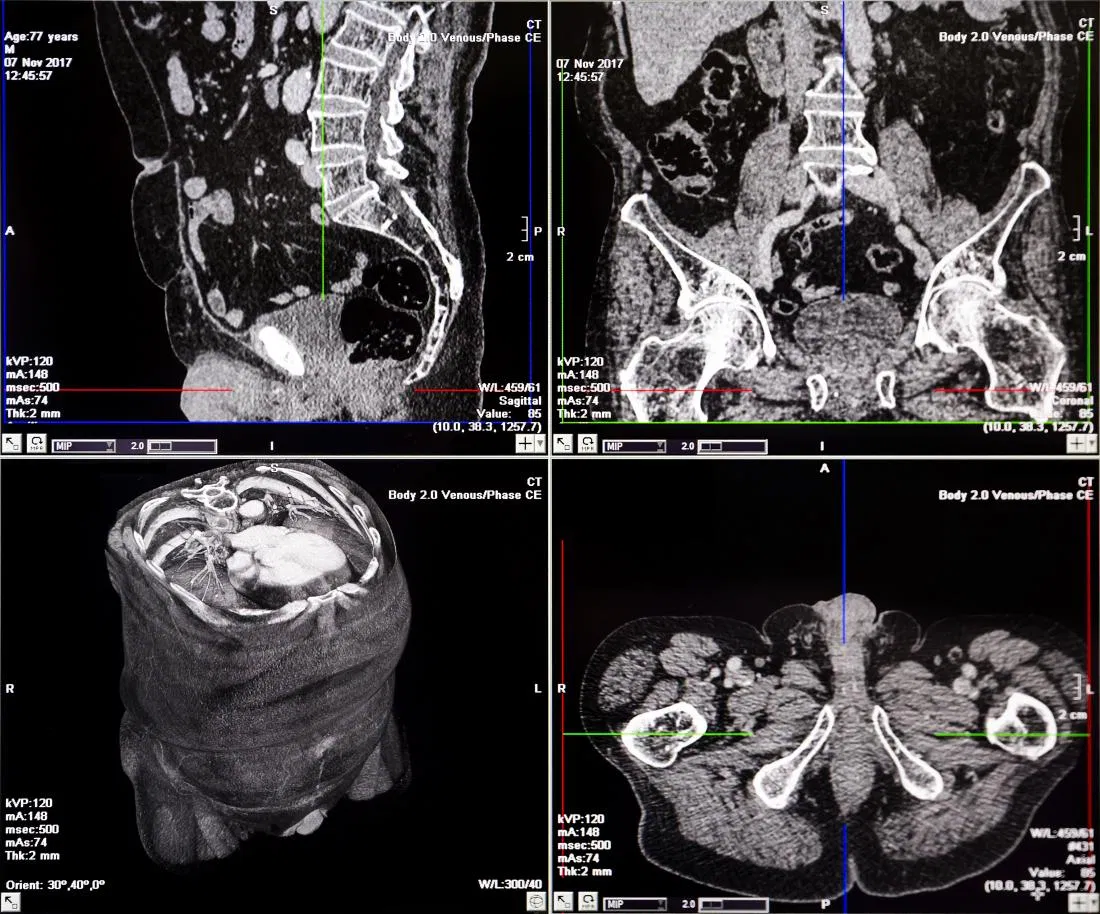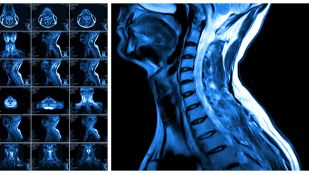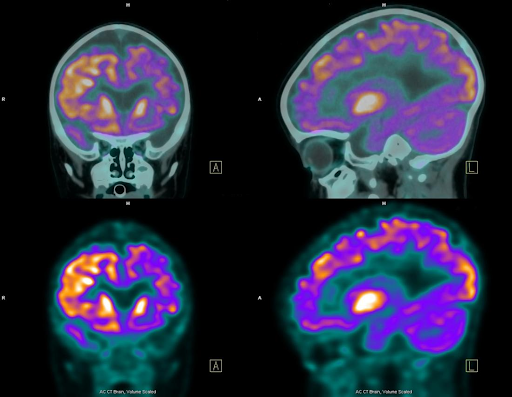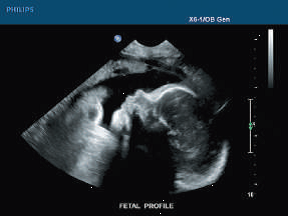Non-Invasive study Of Soft Tissue
March 3, 2021 | 3 min read

March 3, 2021 | 3 min read


Figure 1.A typical CT scan used to detect abnormalities in the soft tissue.


Figure 3.PET images show the active cells as bright or ‘hot’ spots.

Figure 4.Cross-section ultrasound image of a fetus Source